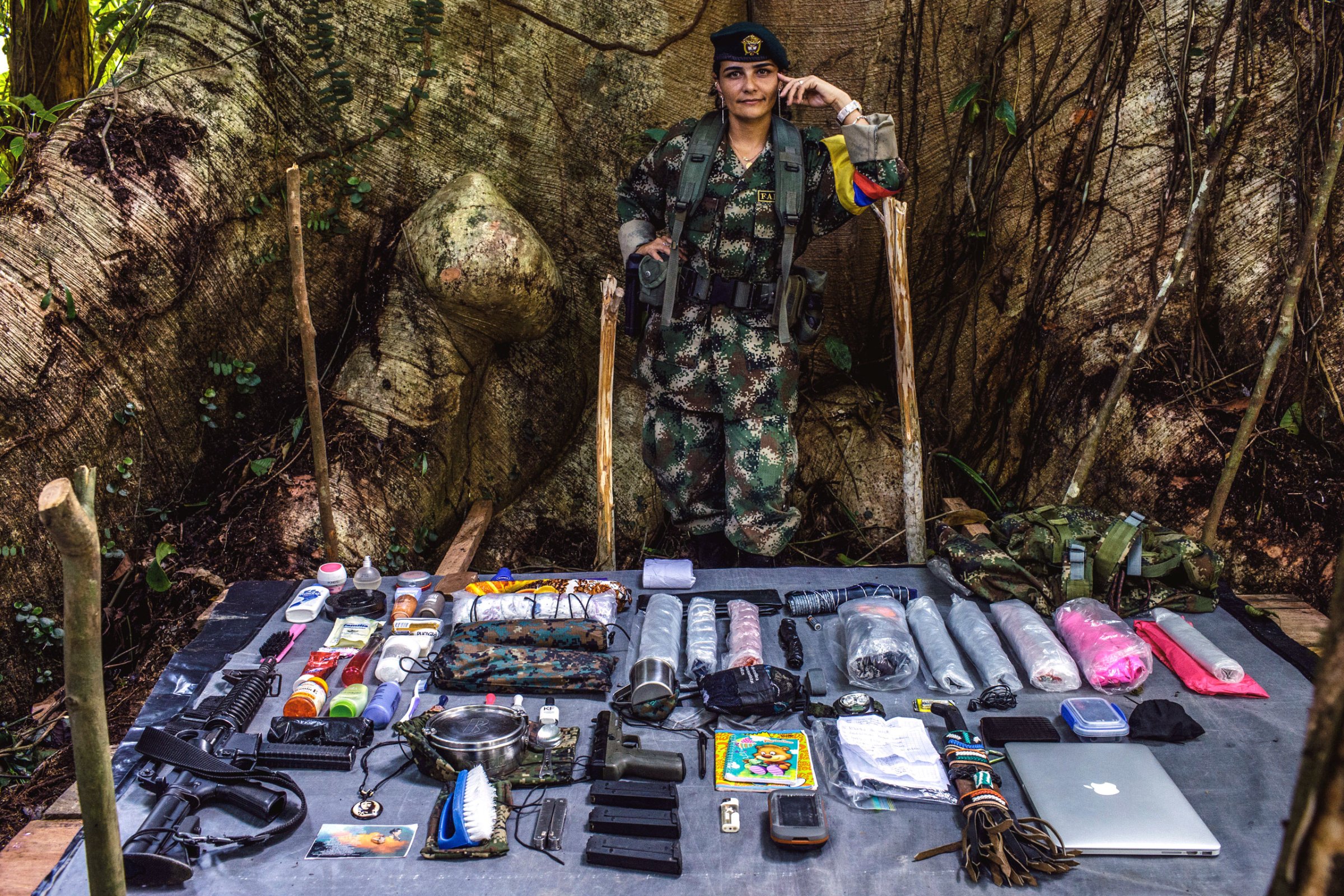
A 31-year-old commander, whose comrades know her as Brenda, has been a member of FARC for 15 years. At first glance, the contents of her bag are obvious: a rifle, machete, pistol and laptop for intelligence missions. But a further look reveals contents we all know and use: shampoo, nail polish, even perfume.
“It’s strangely unexpected but such a human thing,” photographer Federico Rios Escobar tells TIME. “You’re in the jungle sweating a lot, but you can put a little perfume on and smell good even when nobody’s going to see you.”
Thousands have died in Colombia’s five-decade-long civil conflict between right-wing paramilitaries and leftist rebel group FARC—or Revolutionary Armed Forces of Colombia. The hemisphere’s oldest and largest insurgency, FARC’s 16,000-strong force had demonstrated increasing military command and territorial control. Now, as a peace deal has been finalized are finally on the table, FARC leaders say they’re willing to lay down their arms and participate in the traditional political process. For many left-wingers in Colombia, this marks the end of a long and violent dispute. However, others are weary of FARC members leaving the jungle.
“In several remote areas in Colombia, there is no government, no police, no army, no educator, no lawyer, no human rights watcher,” Rios Escobar says. “FARC is all of that. So once they are out of the game, these people would be abandoned by both the state and by FARC.”
A Colombian native, Rios Escobar has been documenting FARC’s daily life for several years, attempting to humanize the players in this bloody South American conflict. Embedding with the 20-something soldiers who sleep just two nights in one place before moving on, Rios Escobar, became interested in the more personal nuances of their work, asking an unexpected question: “What’s in your bag?”
They emptied the contents out onto their makeshift beds and raincoats: All have at least one rifle and one machete, some have a handgun too; Junior, a 16-year-old sniper, carried only the core essentials so he could move fast at the frontline; the radio operator carried the radio and five-pound battery.
Rios Escobar was surprised to find that the women even carried skin and hair products, some lugging around up to seven large bottles of shampoo and conditioner. “If you’re only allowed to carry 50 pounds in your backpack, including food and clothes, why would you decide to carry five bottles of shampoo?” he says. “But that’s important for some women. That is the way she feels comfortable and beautiful and FARC respects that.”
The insurgency is distinct in its inclusion of women, who compose 40% of the group. “Men cook and do laundry and women carry heavy weapons and do camp surveillance,” he says. “They work hard at maintaining that equality and I think that gives them an advantage.”
Rios Escobar hopes that his work allows people to see both sides to the conflict. “When people hear about FARC, they only see robots shooting weapons, but it’s so much more than that,” he says. “FARC—and all armies—is made up people, people dreams and internal fights and goals. These fighters gave up their dreams to join this army because they have a joint cause.”
Federico Rios Escobar is a Colombian photographer.
Alice Gabriner, who edited this photo essay, is TIME’s International Photo Editor.
Rachel Lowry is a writer and contributor for TIME LightBox. Follow her on Twitter and Instagram.
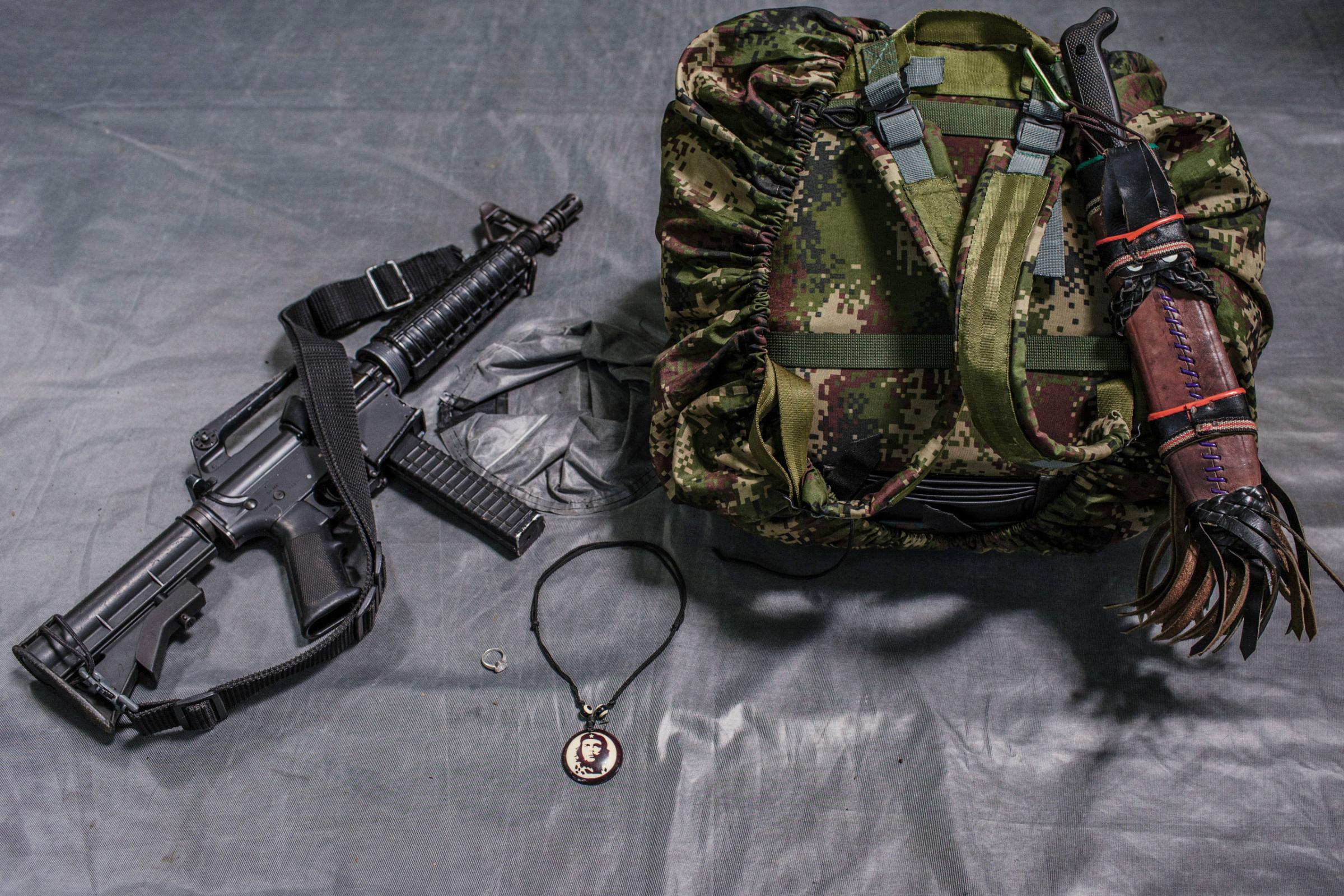
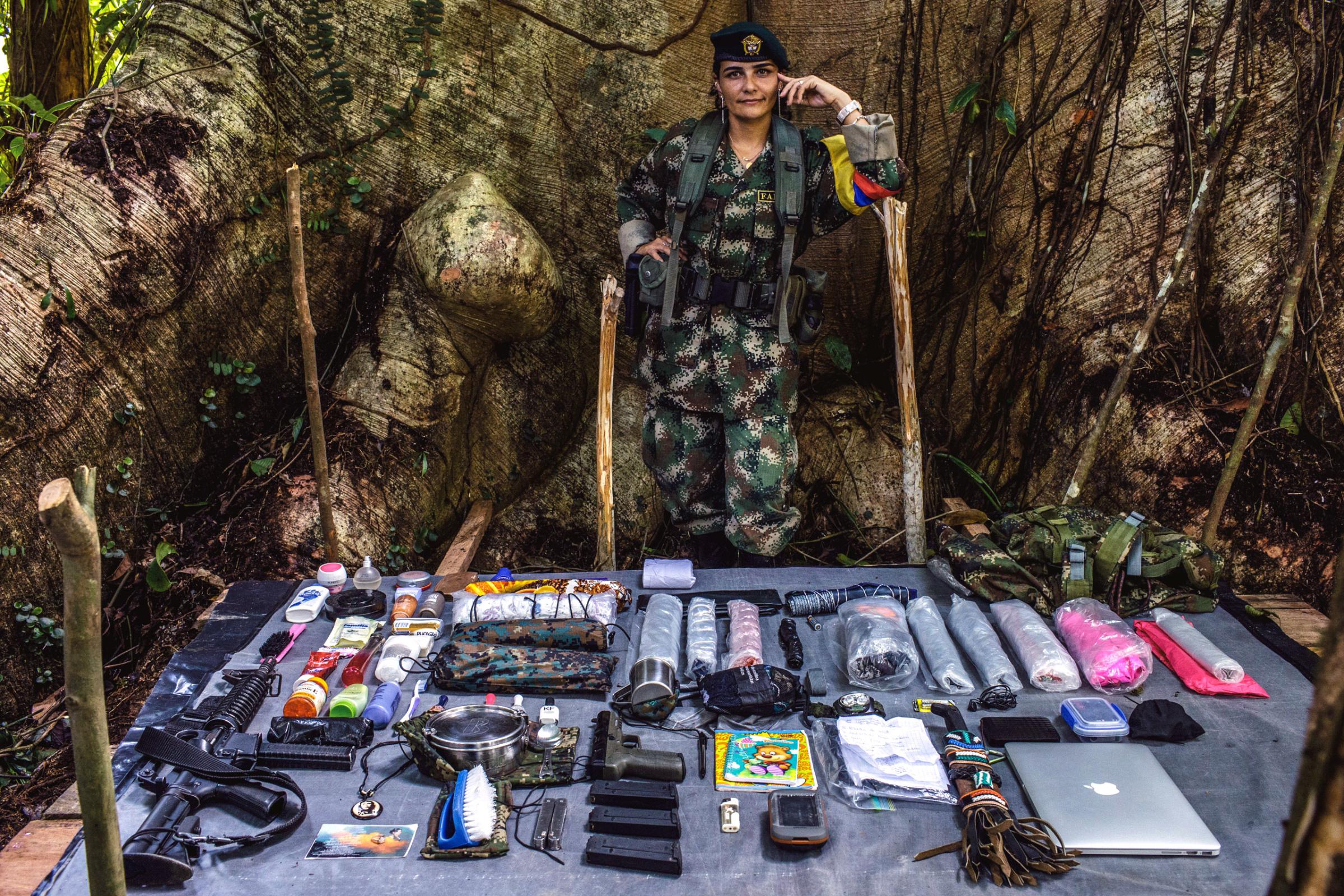
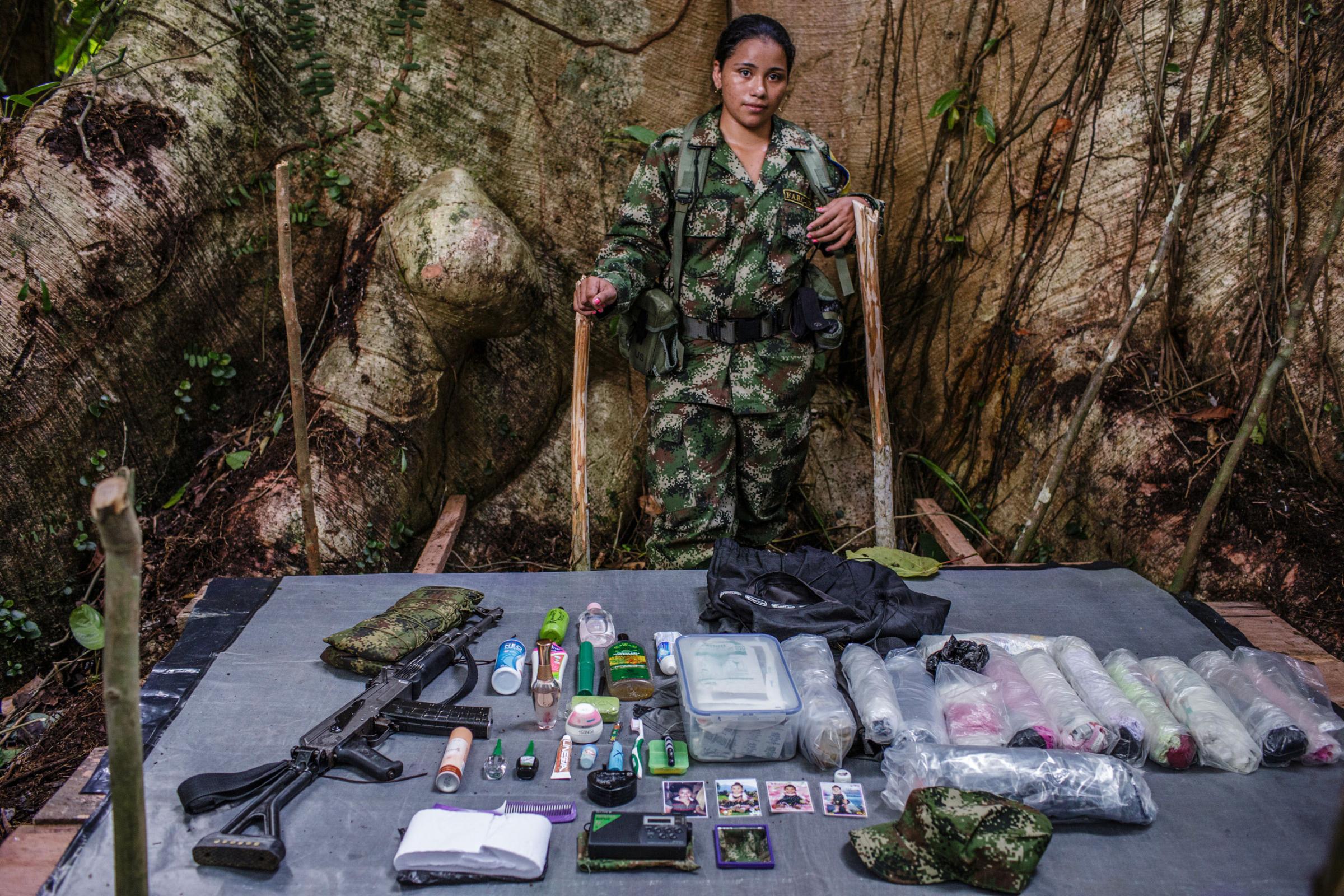
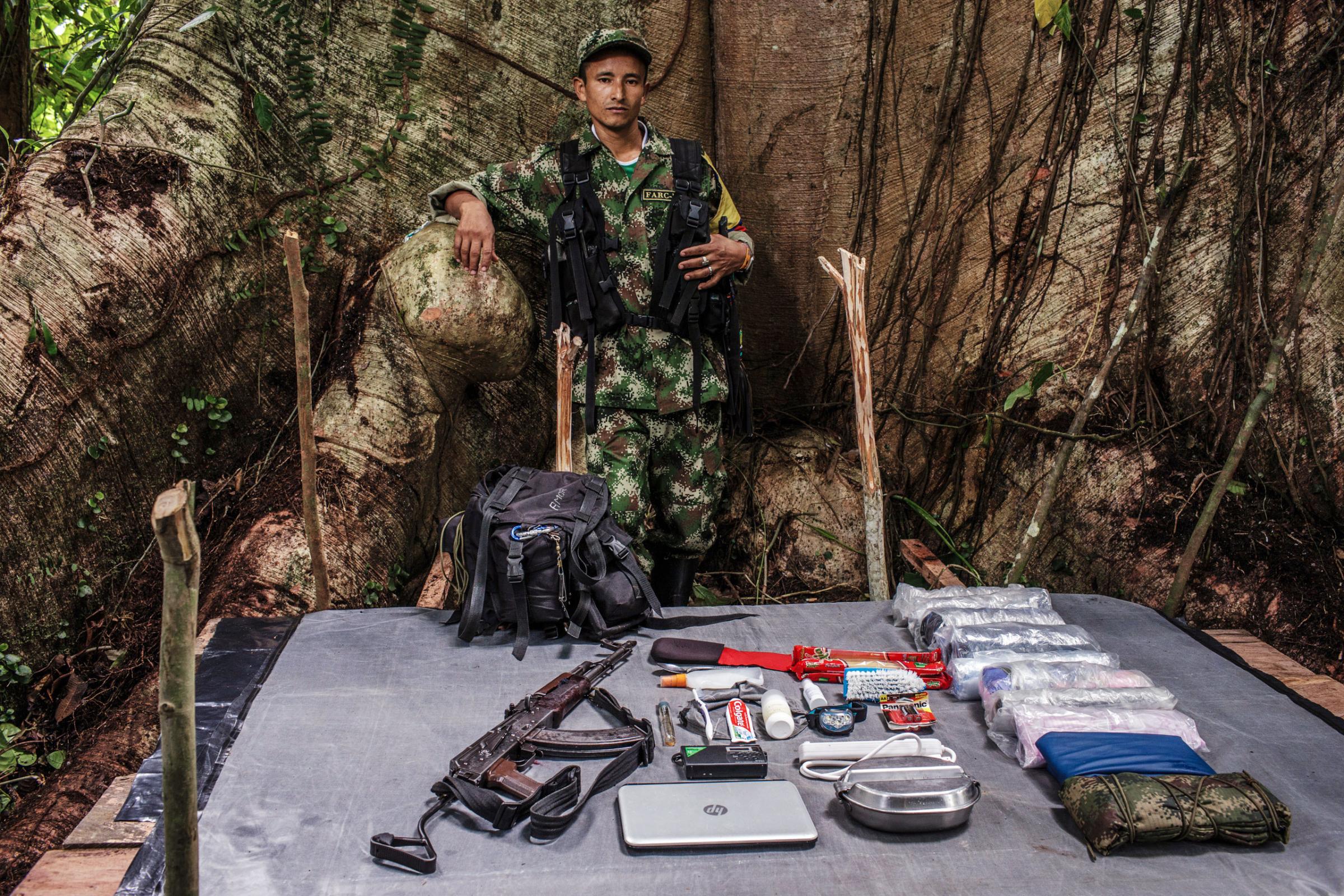
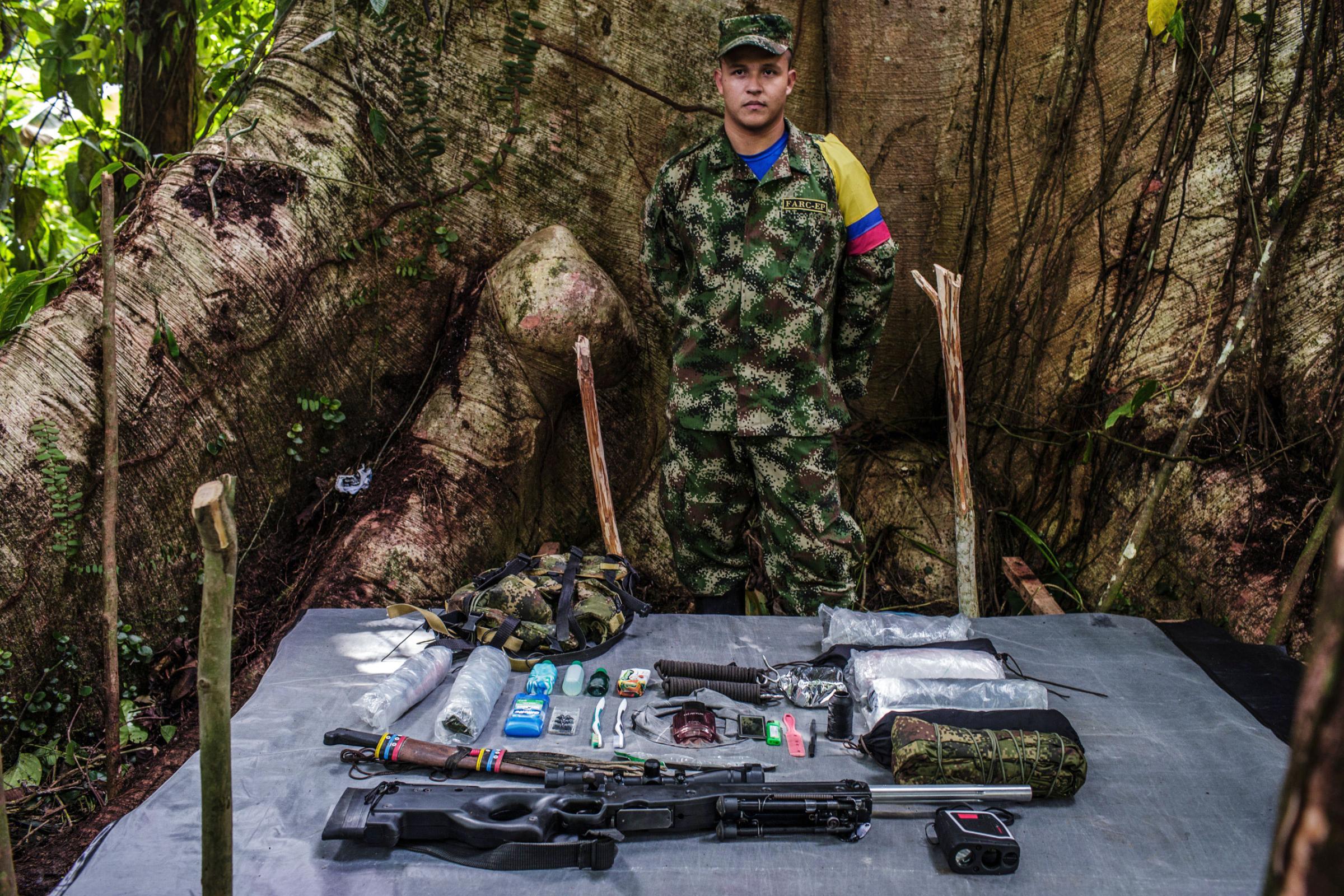
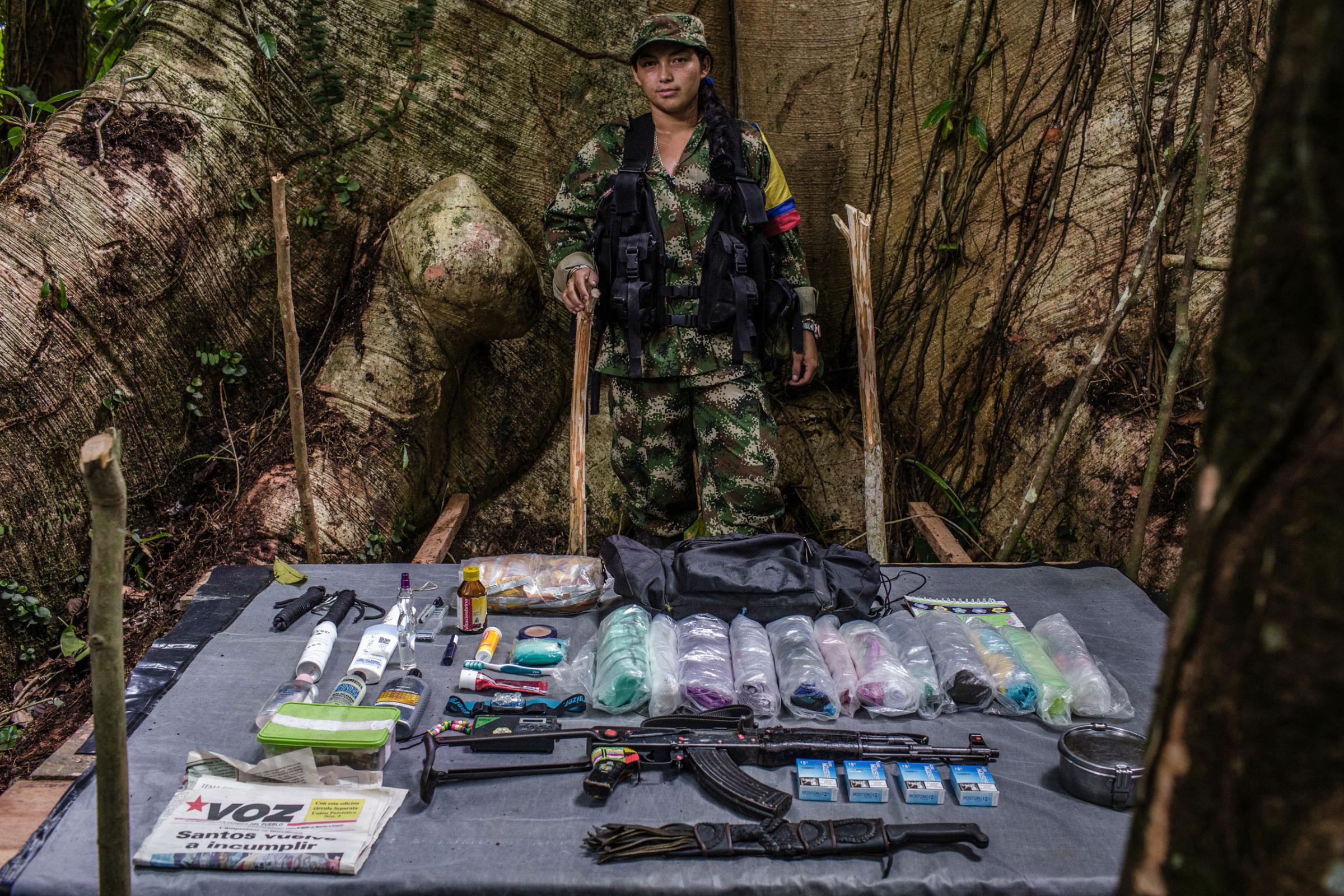
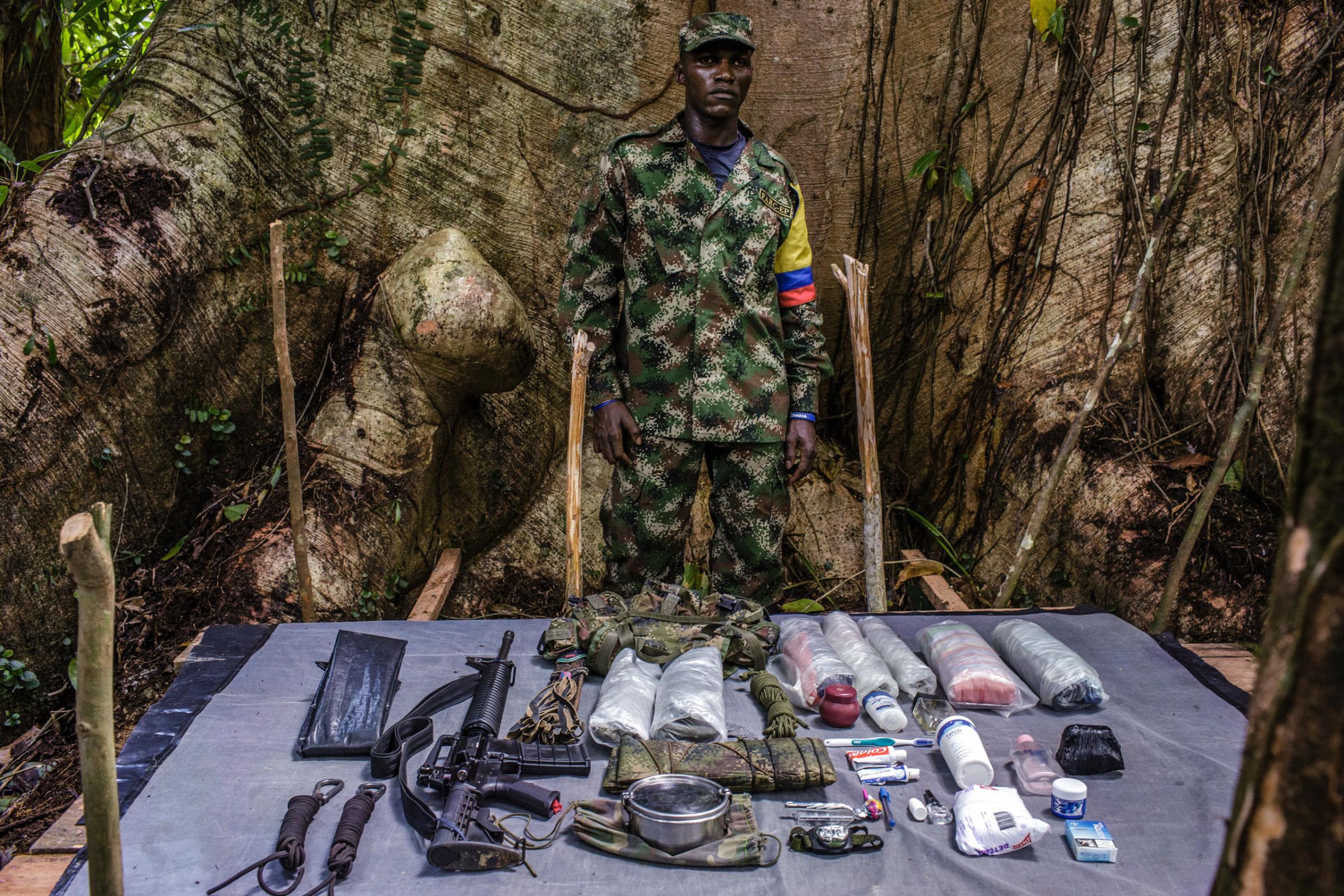
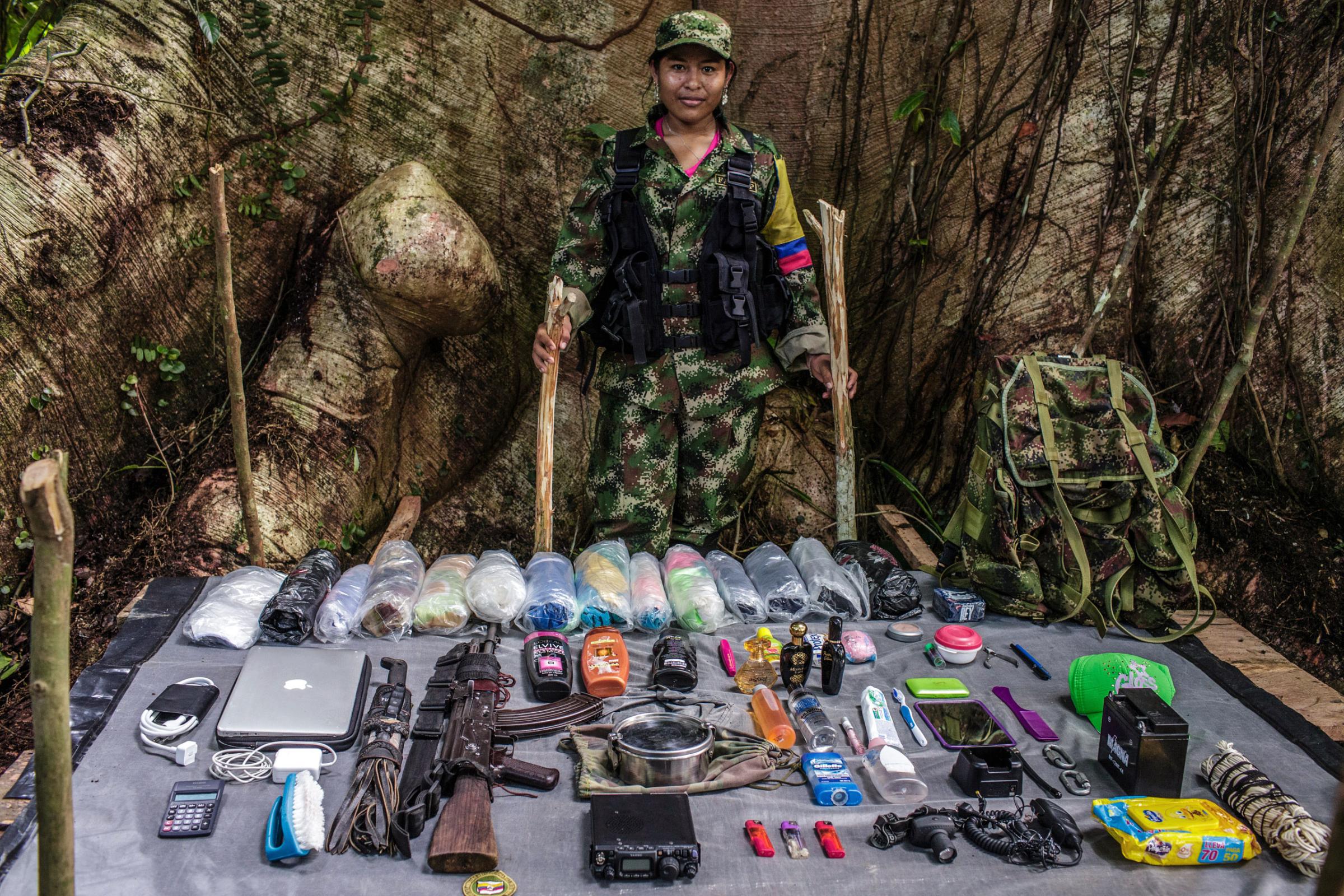
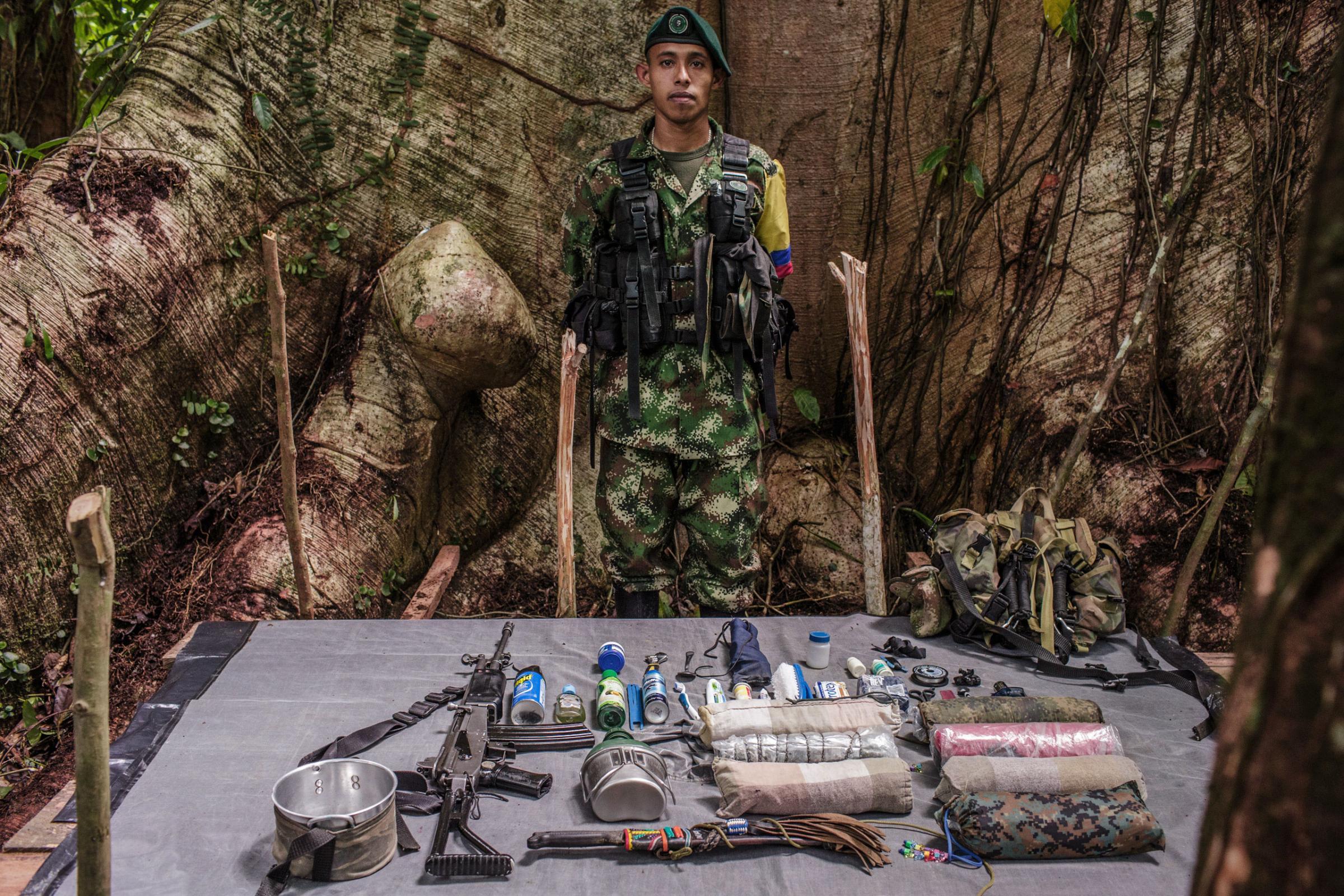
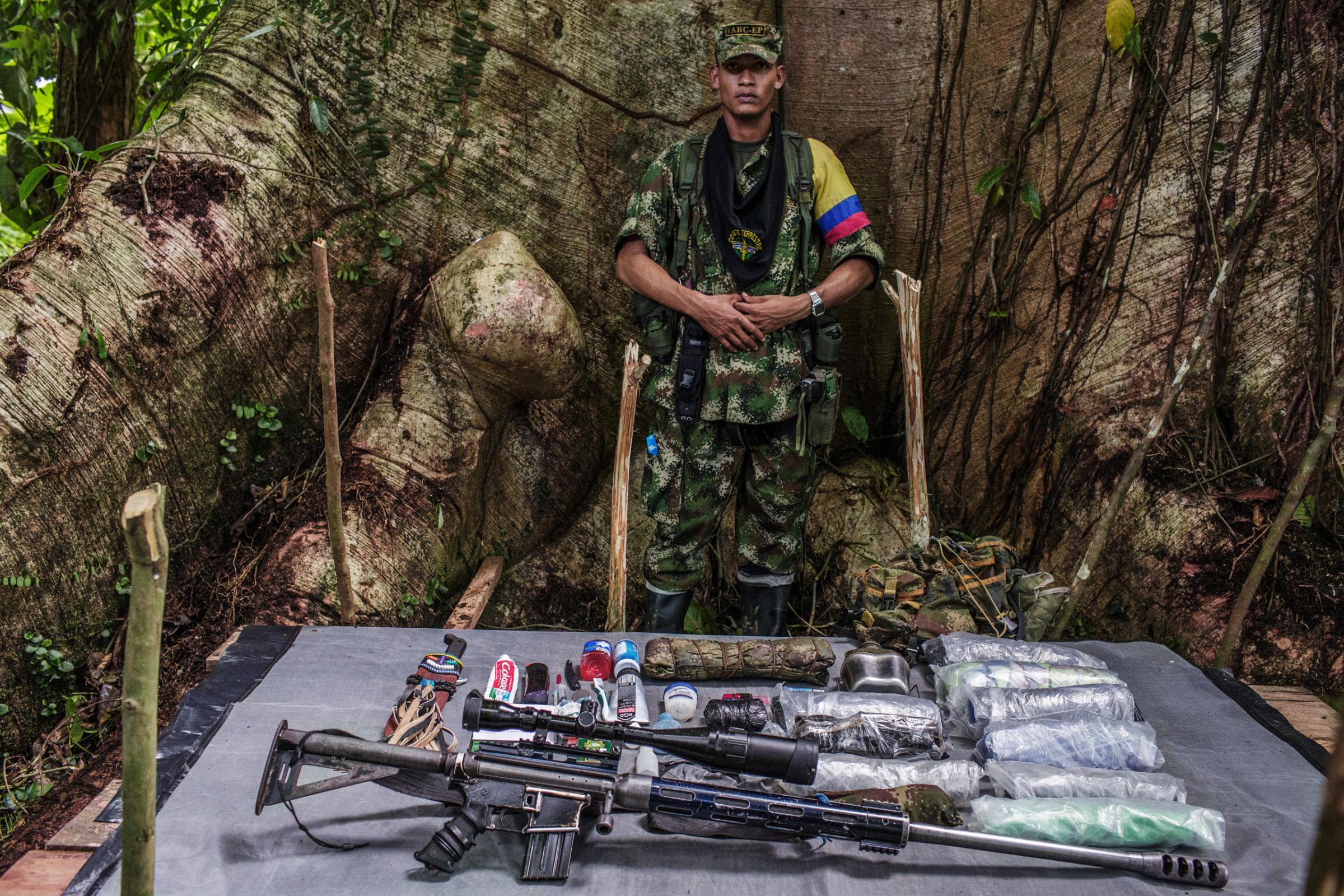
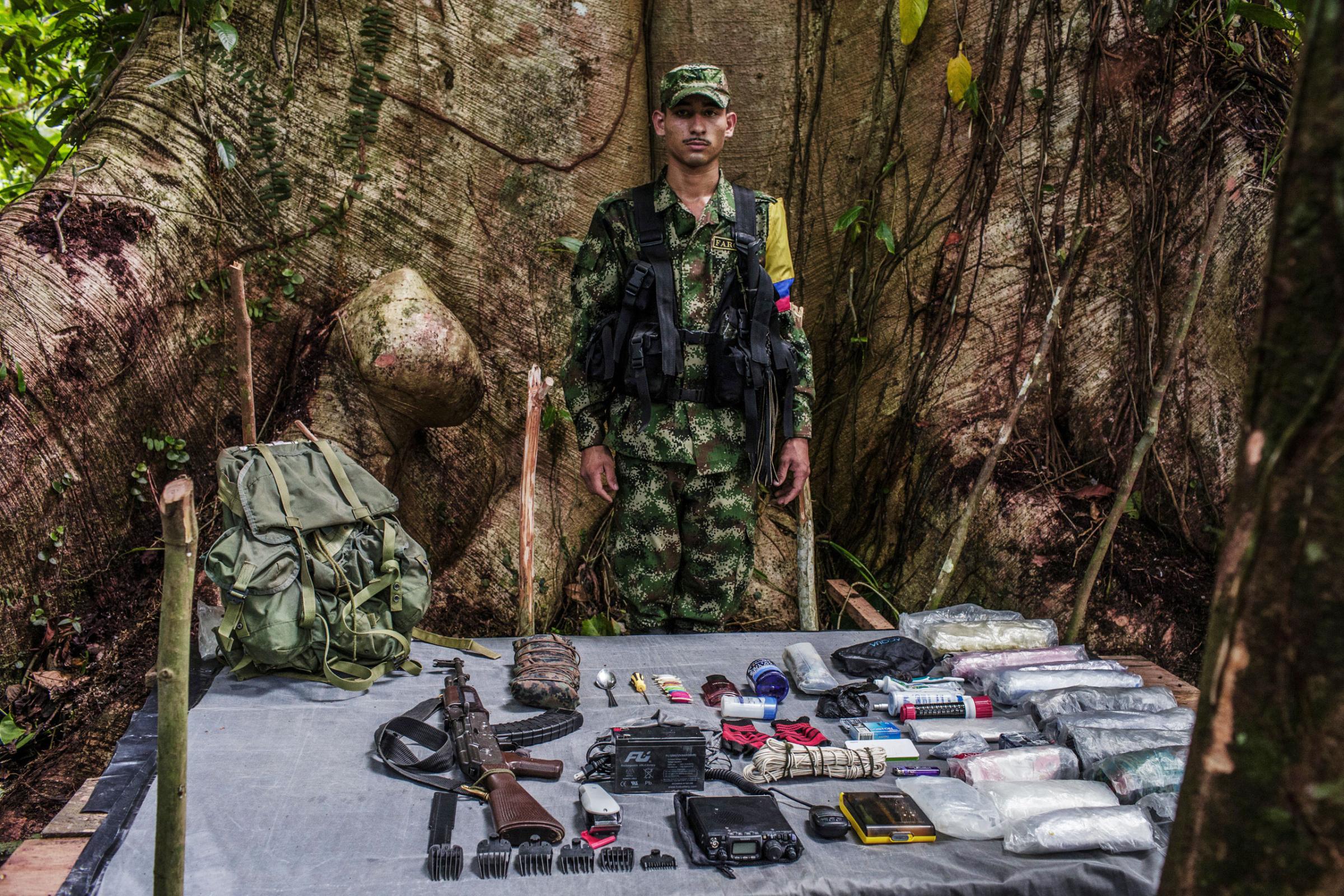
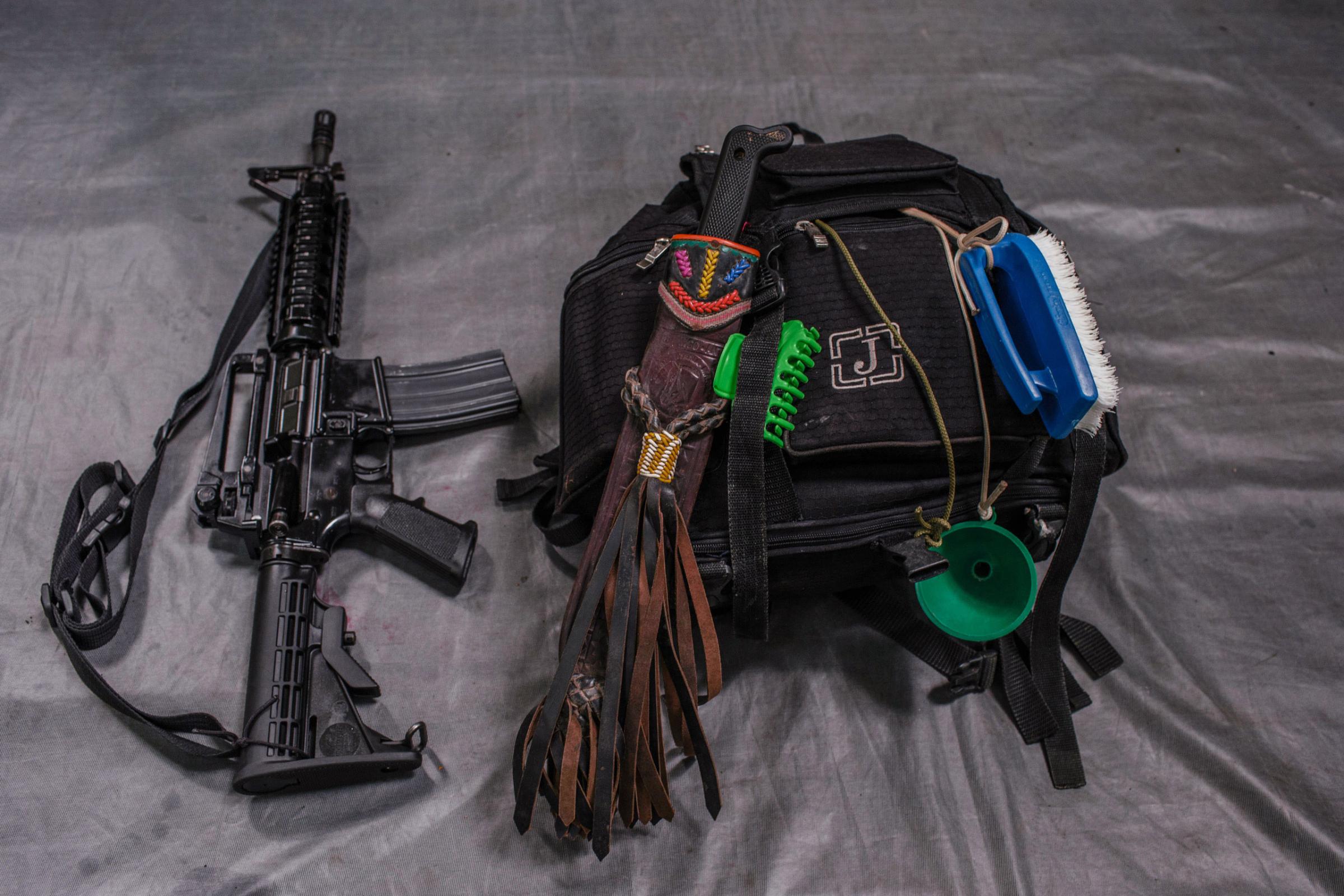
More Must-Reads from TIME
- How Donald Trump Won
- The Best Inventions of 2024
- Why Sleep Is the Key to Living Longer
- Robert Zemeckis Just Wants to Move You
- How to Break 8 Toxic Communication Habits
- Nicola Coughlan Bet on Herself—And Won
- Why Vinegar Is So Good for You
- Meet TIME's Newest Class of Next Generation Leaders
Contact us at letters@time.com